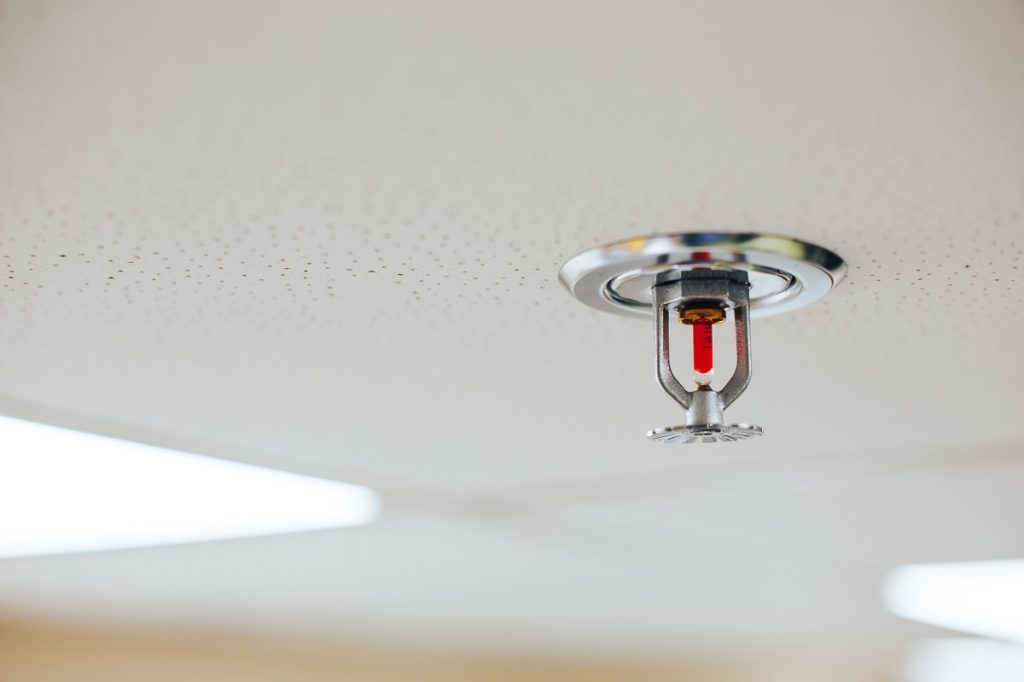A workplace fire emergency can be a frightening and dangerous situation. To ensure the safety of all employees, it is important to have a plan in place for evacuation and fire suppression. Here are some tips on preventing casualties during a workplace fire emergency.
Use Alarm System Monitoring Services
In the event of a fire, every second counts. That’s why it’s so important to have an alarm system that can notify the appropriate authorities as quickly as possible. Unfortunately, many workplaces still rely on manual fire alarm systems, which can be slow to activate and may not always provide an accurate picture of the situation.
Alarm system monitoring services can help to address these issues by providing real-time information about the location and severity of a fire. In addition, commercial alarm system monitoring services can also provide valuable insights into how a fire is spread, which can help to prevent future outbreaks. As more and more businesses recognize the importance of fire safety, alarm system monitoring services are becoming increasingly essential to keeping employees safe.
Install Automatic Sprinklers
Automatic sprinklers are one of the most effective tools for preventing casualties during a workplace fire emergency. When heat from a fire activates the sprinklers, they instantly begin spraying water onto the flames, suppressing the fire and giving employees time to evacuate.
In addition, sprinklers help to keep smoke and toxic fumes from spreading throughout the building, reducing the risk of asphyxiation. However, automatic sprinklers only work if they are properly installed and maintained.
Sprinkler heads must be checked regularly to ensure that they are not obstructed, and the system should be tested periodically to ensure that it is functioning correctly.
Install Smoke Detectors
Smoke detectors can warn early that a fire is developing, giving you and your employees time to evacuate the premises before the flames spread. In addition, smoke detectors can help to prevent casualties by alerting people to the danger even if they are asleep or otherwise unable to see the fire.

By law, all workplaces must have at least one working smoke detector. However, installing smoke detectors throughout the premises is best, particularly in areas where people are likely to sleep or work alone.
Develop an Evacuation Plan
While the best way to prevent casualties is to extinguish the fire before it has a chance to spread, evacuation is often the only option when flames are already present. Every workplace should have a comprehensive evacuation plan to ensure a quick and safe evacuation.
The first step is identifying all potential exits, including doors, windows, and stairwells. Then, designate a clear path to each exit and post signs accordingly. Establishing a meeting point outside the building is important so everyone can be accounted for after evacuating. Lastly, make sure to regularly review and update the evacuation plan so that it remains effective in the event of an emergency.
Practice Fire Drills
A fire drill is a practice evacuation of a building in the event of a fire. Fire drills are an important safety measure that can help prevent casualties in an actual fire emergency. In a workplace, all employees should know the evacuation routes and be familiar with the procedures for evacuating the building.
Fire drills should be conducted regularly to ensure that everyone knows what to do in the event of a fire. In addition, regular fire drills can help to identify any potential hazards or problems with the evacuation routes.
Use Fire Retardant Materials
Fire retardant materials are designed to resist ignition and slow the spread of flames, giving employees valuable time to evacuate. In addition, fire retardant materials can help reduce the fire’s intensity, minimizing the damage caused by heat and smoke.
While no single measure can guarantee safety in a fire, using fire retardant materials can significantly reduce the risk of injury or death. Employers should consult with a qualified fire safety specialist to ensure that their workplaces are adequately protected.
Fire Extinguishers
Fire extinguishers are a vital piece of safety equipment in any workplace. In the event of a fire, they can help to prevent injuries and save lives. There are different types of fire extinguishers designed for different types of fires.
For example, Class A extinguishers are designed for wood, paper, and textile fires, while Class B extinguishers are intended for flammable liquid fires. It is important to familiarize yourself with the different types of fire extinguishers and to know which one to use in the event of a fire. Additionally, it is important to regularly check and maintain your fire extinguisher to ensure it is in working order.
The best way to prevent casualties during a workplace fire emergency is to be prepared. By conducting regular fire drills, using fire retardant materials, and educating employees on fire safety, businesses can help to minimize the risk of a workplace fire emergency and protect their most valuable asset: their people.
